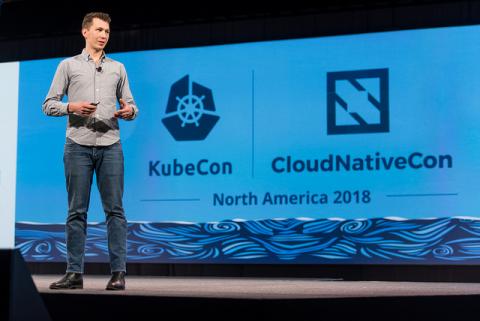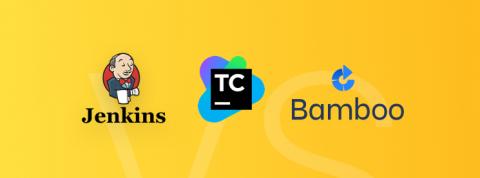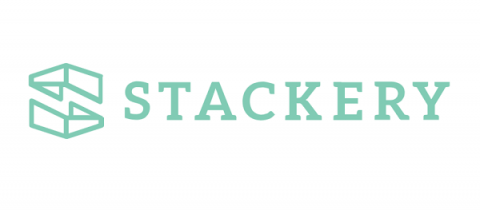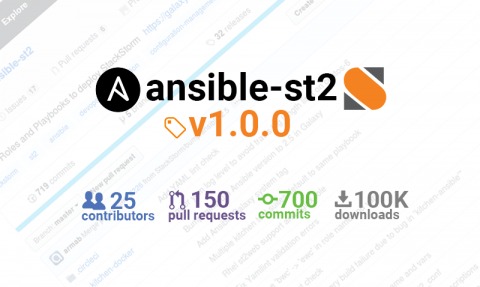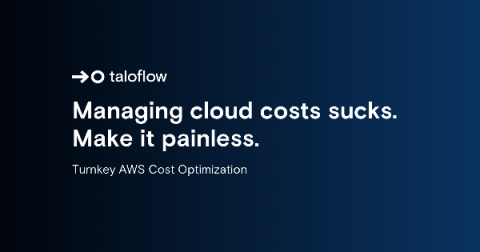The Key Message from KubeCon NA 2018: Prometheus is King
I made the trip up to Seattle for KubeCon North America at the end of 2018 along with a bunch of us from Sumo Logic. KubeCon is a conference that specializes in all things Kubernetes and focuses on updating the world on the state of the Kubernetes ecosystem. This year’s event was massive with 8,000 attendees, and talks given by representatives from Amazon Web Services (AWS), Google Cloud Platform (GCP), and Microsoft Azure to name a few big wigs that were there.


